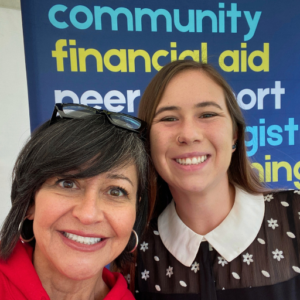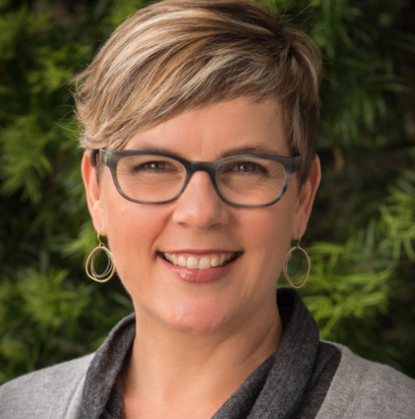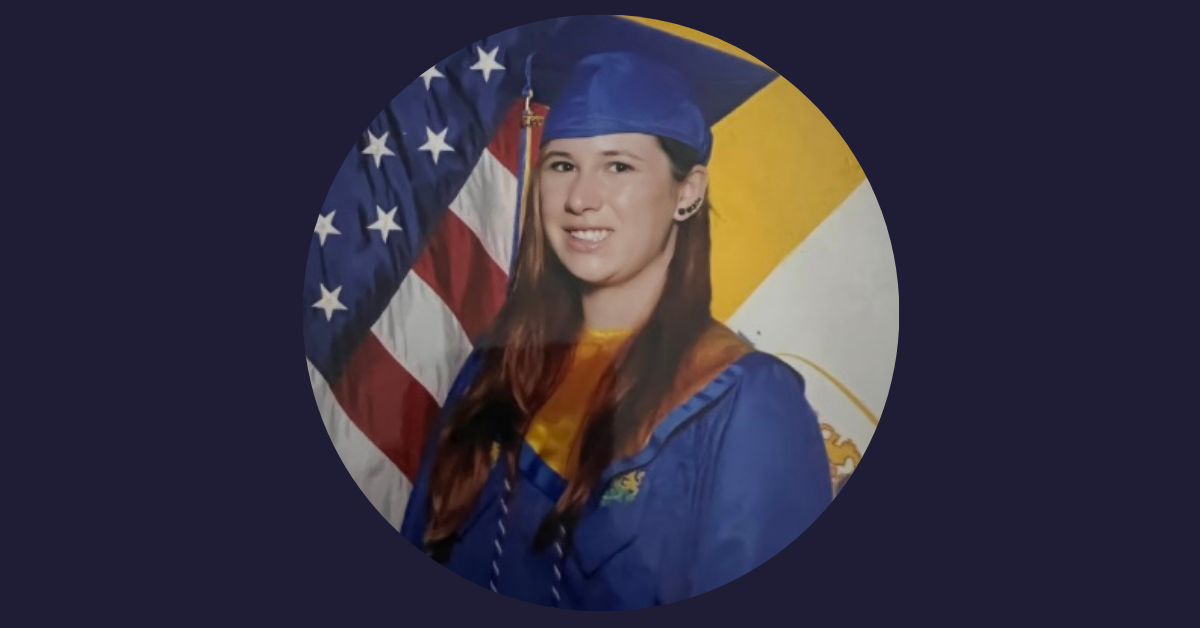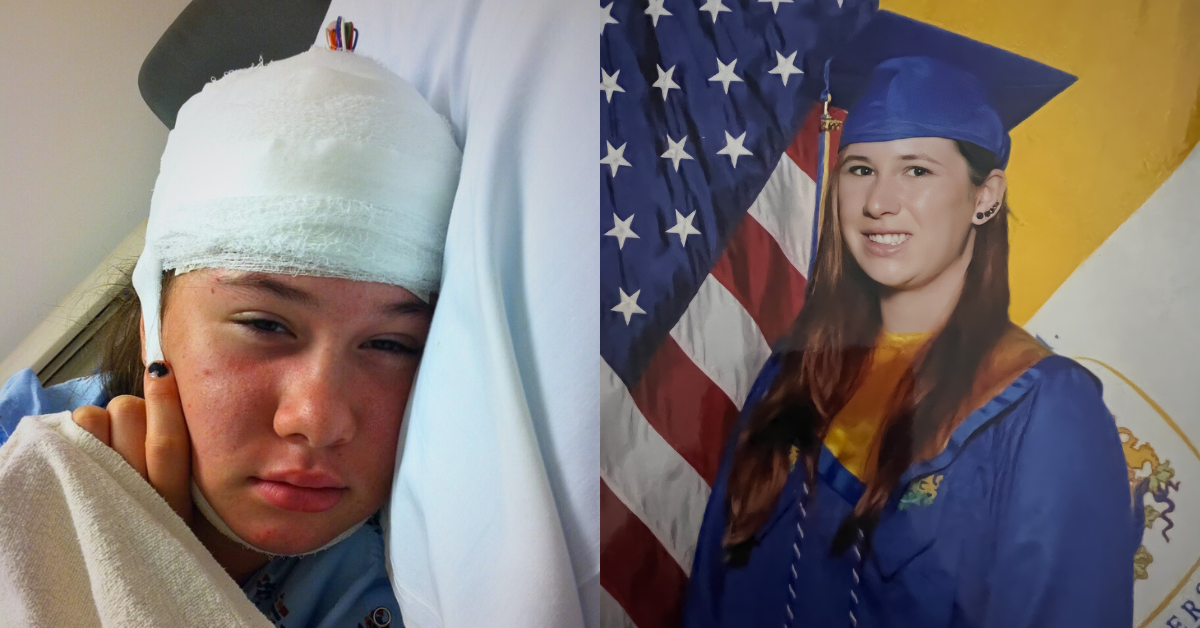Our guest blogger, Rosin Crosby, had epilepsy surgery as a teen. Now, she leads a rich and fulfilling life. Read her inspiring story.
My journey
In eighth grade, I was diagnosed with an inoperable brain tumor and refractory epilepsy, which led me on a treatment journey that ended with epilepsy surgery (anterior temporal lobectomy and amygdalahippocampectomy). I had been having seizures for years before my diagnosis. Since the seizures were staring spells (or absence seizures), they went unnoticed until my first visible seizure at age 13.
From the point of diagnosis to surgery, it was a challenging two years. But since surgery to remove my tumor and control my epilepsy, my quality of life has improved in so many different ways.
Challenges to get to surgery
The biggest challenge I experienced was how long it took from the point of diagnosis to being able to have surgery. I had to wait three months following my epilepsy diagnosis just to get an MRI to find out about my tumor. Following the MRI and a few initial seizure medications, I tried about ten more seizure medications before being considered a surgical candidate. Then, I could undergo the pre-surgical evaluations, which also took time. From the initial diagnosis to being considered a surgical candidate took nearly two years.
The second challenge I experienced with the process was the side effects of the seizure medications. These medications negatively impacted my health and quality of life and did not control my epilepsy.
Before and after surgery
Comparing my functional abilities before and after epilepsy surgery is like night and day.
Before epilepsy surgery, I was missing a lot of school due to uncontrolled seizures. I was a freshman in high school. Missing so much time negatively impacted my education. My memory was impaired, as well as my energy level. My spirit was crushed due to the seizures and side effects of the anti-epileptic drugs.
However, following my epilepsy surgery, my education was not as impacted. I was able to attend classes on a more regular basis, which helped me succeed. After surgery, I did have to relearn how to study, but my memory improved.
I also experienced an upward trend in my extracurriculars. I was a competitive dancer before my diagnosis. While still trying to dance following my epilepsy diagnosis, I missed classes, and my memory issues made it challenging to remember my dance numbers. However, following surgery, my memory and even my balance improved. I was able to do four pirouettes (turns) more consistently. A few months following my surgery, I returned to competitive dancing.
The other aspect of my life that greatly improved following my epilepsy surgery was my mood and mental health. While trying numerous seizure medications, the side effects from the drugs and the seizures themselves negatively impacted my mental health. I had depression and anxiety from both my epilepsy and brain tumor. After stopping seizure medications, I had more energy and less anxiety, all of which improved my mental and physical health.
Who I am today
Epilepsy surgery improved my quality of life in many ways. I still have migraines and some long-term impacts from my tumor and my history of seizures. However, these symptoms are much more manageable and do not negatively impact my life as they did before.
I completed my undergraduate degree, graduating with honors. I scored in the top 10% for my Medical College Admissions Test and will attend medical school in the fall. While an undergraduate, I also picked up a new hobby of running. I have completed twenty-five 5k runs and hope to progress to running 10k races this year. I would not have been able to complete all of these accomplishments without having had epilepsy surgery to improve my quality of life.
Recently, I volunteered with the Pediatric Epilepsy Surgery Alliance at the Children’s Hospital of Orange County’s first epilepsy surgery patient reunion with Monika Jones (the Alliance’s founder and a true superhero to our community). I am looking forward to continuing to volunteer with this incredible organization!

by Rosin Crosby
about the author

Audrey Vernick is our Director of Patient and Family Advocacy. She is the parent of a child who had hemispherectomy for seizures caused by stroke. She holds a level 2 certification in Special Education Advocacy Training from the Council of Parent Attorneys and Advocates and is certified by The ARC in future planning. She also serves on the International League Against Epilepsy’s Social Work and Social Services Section.



